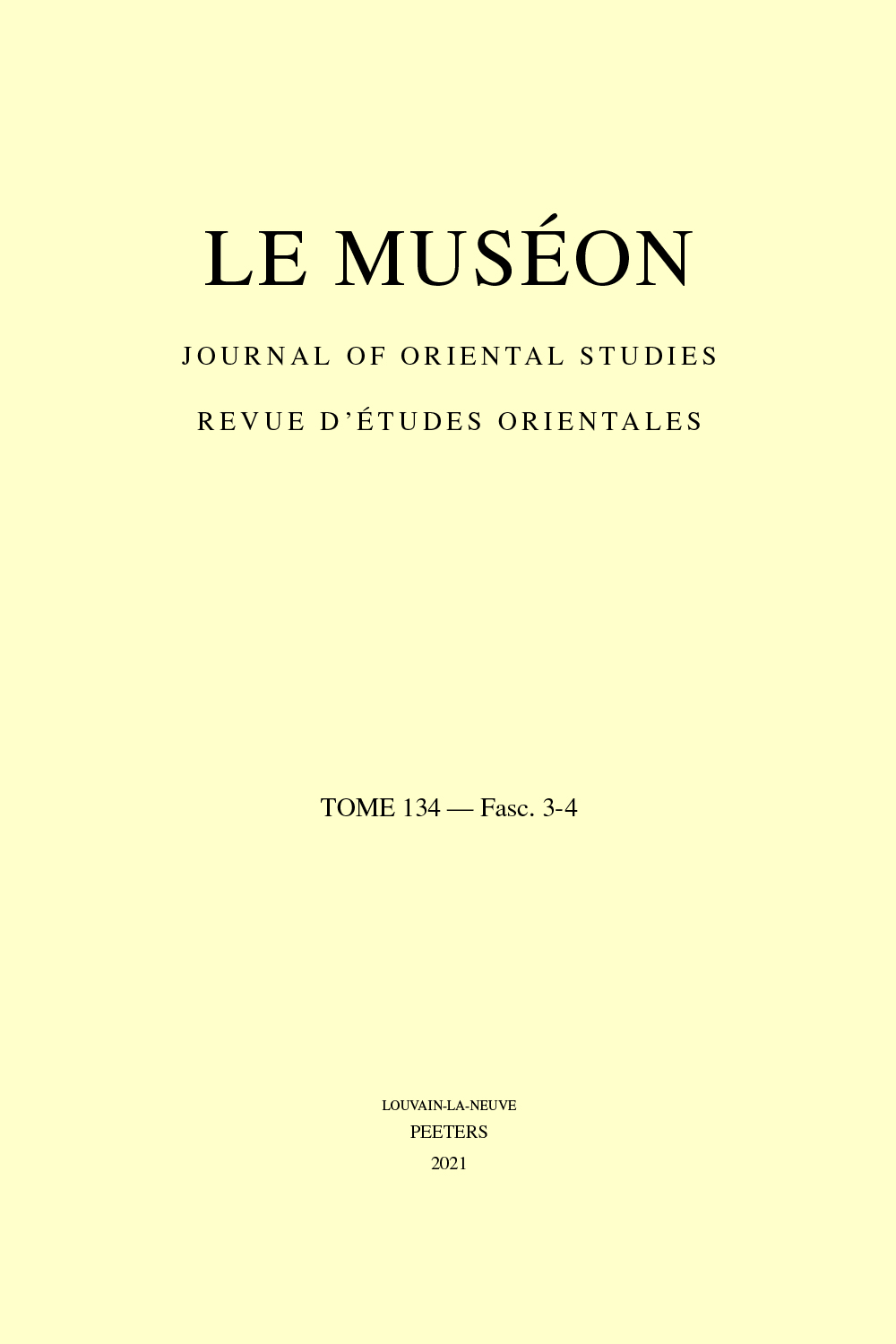 previous article in this issue previous article in this issue | next article in this issue  |

|
Document Details : Title: Four Images of Mount Sinai in a Georgian Psalter Subtitle: (State Museum of Georgia, Cod. I-182) Author(s): SKHIRTLADZE, Z. Journal: Le Muséon Volume: 119 Issue: 3-4 Date: 2006 Pages: 429-461 DOI: 10.2143/MUS.119.3.2017955 Abstract : The Psalter, deposited in the State Art Museum of Georgia (Cod. I-182) according to the colophons, by the beginning of the 18th century must have been in the possession of Princess Darejan (†1740), daughter of the king of Kartli Archil (1647-1713). The manuscript is richly illuminated with the episodes from the life of the Prophet David and scenes from Old and New Testament. Among the illustrations are four miniatures containing the image of Mount Sinai. Two are incorporated into the compositions illustrating the text of the Psalms (Parting of the sea by Moses (Exodus XIV:15-30), on fol. 121r, and Cleaving the Water by Moses (Exodus XVII:1-7), on fol. 121v), while the other two (on fol. 207r and 223r) are representations of the holy site independent of the text. The first, second, and fourth images must derive from the prototype which presumably took shape in the sixteenth century and which, from that time on, was incorporated into icons bearing images of Mount Sinai. The roots of iconographic scheme of the third image can be traced as far back as the Byzantine period, although it is evident that representations of this type became widely accepted at the turn of the seventeenth-eighteenth centuries, when pilgrim woodcuts assumed their final shape based on earlier models. The copying and illustrating of the Psalter of the State Art Museum of Georgia must have taken place at the turn of the seventeenth-eighteenth centuries at the Georgian royal court or among the nobility close to it, whose representatives were in some way linked with Sinai. The insertion of the four images of Mount Sinai among its illustrations should be attributed to the initiative of its donor or owner. At the same time this initiative must have been inspired by the general tendencies manifested in the local society. In particular, the long-standing historical interest in Sinai as a locus sanctus coincided with the process of Georgia’s gradual rapprochement with Western European culture and the intensification of its influence. This influence must have been followed by an influx of materials linked with pilgrimage and geographic surveys and their reflection in art. |
|
